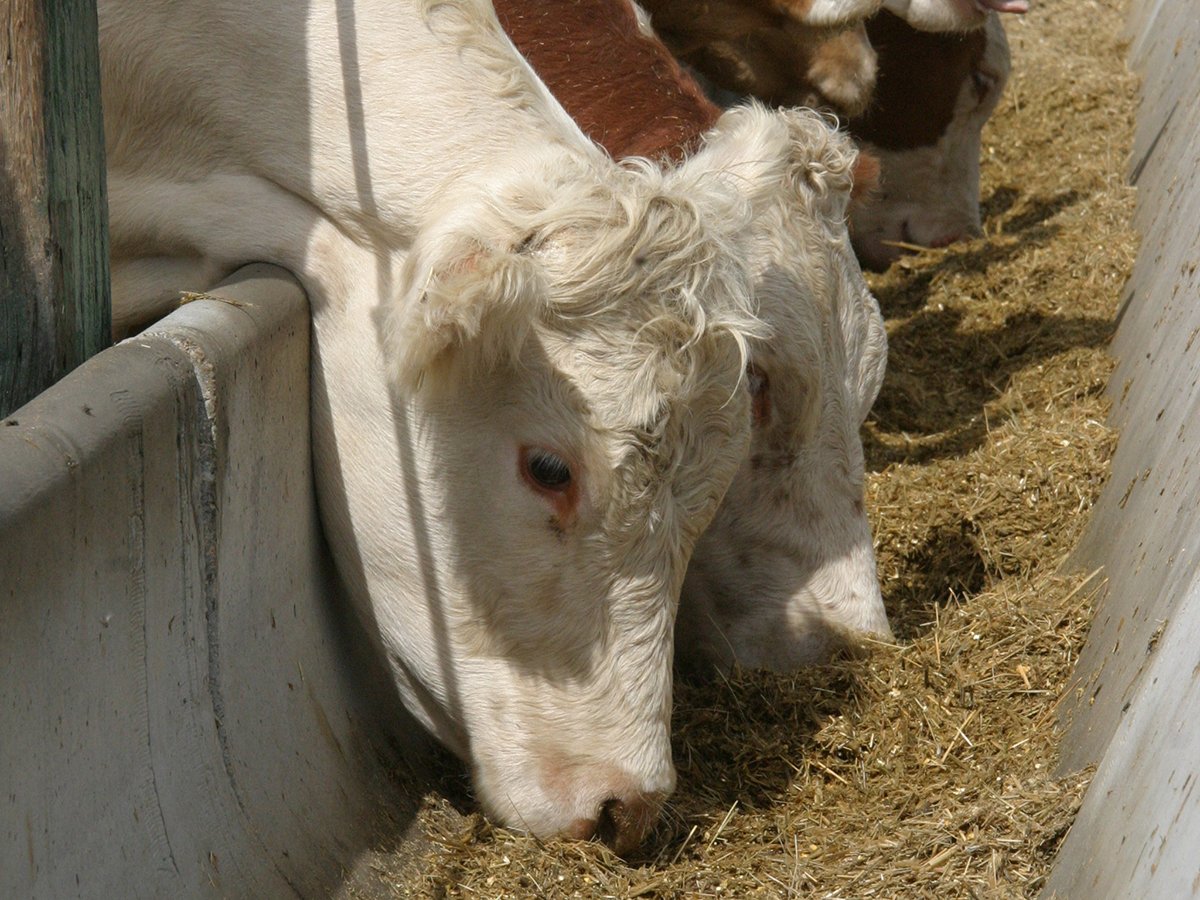This summer, at locations from Nova Scotia to British Columbia, forage experts are evaluating the potential of a new livestock feed tentatively known as sugar corn.
Agriculture Canada plant breeders in Ottawa have created several experimental varieties of corn that have a higher percentage of sugar in the stalk.
Lana Reid and Malcolm Morrison, of Ag Canada, developed the corn primarily to provide an alternate feedstock for Canada’s ethanol industry. (For a previous story on this issue, visit www.producer.com/2015/08/new-corn-a-breakthrough-in-biofuel.)
Reid said animal scientists are also interested in sugar corn and how it could be used to feed livestock.
Read Also

Alberta cattle loan guarantee program gets 50 per cent increase
Alberta government comes to aid of beef industry with 50 per cent increase to loan guarantee program to help producers.
“There are huge trials for dairy feed this year in British Columbia, Nova Scotia, Quebec and Ontario,” she said. “So sugar corn is really getting put through the wringer this summer…. The sugar corn is in a comparison study … looking at (it) compared to sweet sorghum and a few other silage corns, to look at alternatives for dairy feed.”
The Western Beef Development Centre in Lanigan, Sask., is also studying sugar corn. Researchers have seeded a few plots of the high stalk variety and plan to assess its feed value.
“Corn is a crop that is of huge interest in Western Canada, for grazing the whole plant for wintering beef cattle,” said Bart Lardner, senior research scientist at WBDC.
“We’re interested and looking at the quality aspect. Are they (sugar corn varieties) of higher or greater quality to a beef animal that needs a certain level of energy and protein over the winter, compared to the conventional?”
Lardner said the potential benefits of sugar corn are more complicated than high sugar levels.
“We’re not just talking sugar, we’re talking carbohydrates. Does an elevated level of carbohydrates, does (that) result in better rumen microbial activity?
“And then… better volatile fatty acid production for that beef cow? Is there a chain reaction of the breakdown of those higher levels of carbohydrates in that corn plant?”
Reid said using crops with higher sugar content is not a new concept. Sweet sorghum is used in the U.S. for livestock feed.
Lardner said research on sugar corn is in the early stages and many questions remain.
“The agronomics of these new varieties… do they persist in all different eco-regions of Saskatchewan?” he said.
“They have to produce the biomass that other (corn varieties) do.”















